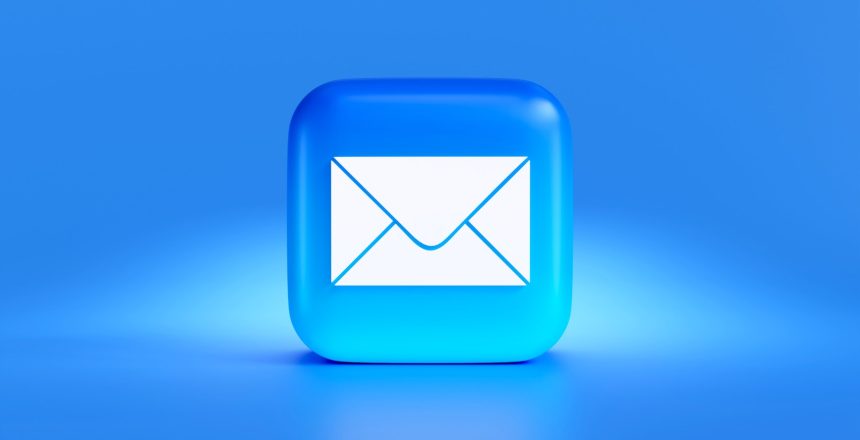As a business owner or marketer, sending out emails is one of the most effective ways of keeping customers engaged and informed about your brand. However, it can also be a waste of time and resources if your emails are not properly targeted. This is where segmentation comes in. Segmentation is an essential part of targeted email marketing that helps you tailor your email messages to specific customers. Effective segmentation can increase engagement and conversions, and as a result, improve your return on investment (ROI). This blog post will explore some of the segmentation strategies that you can use to improve your email marketing campaigns.
Demographic Segmentation
Demographic segmentation involves categorizing customers based on specific demographics like age, gender, income, and lifestyle. This segmentation strategy is useful when you want to create messages that appeal to certain groups of people. For example, if you sell luxury goods, you may want to target high-income customers with messages that highlight the exclusivity and quality of your products.
Psychographic Segmentation
Psychographic segmentation involves categorizing customers based on their personality, values, and interests. This segmentation strategy allows you to create messages that appeal to customers’ emotions by playing on their beliefs, values, and desires. For example, if your brand is focused on sustainable living, you may want to target environmentally conscious customers with messages that emphasize the impact of their purchases on the planet.
Behavioral Segmentation
Behavioral segmentation involves categorizing customers based on their behavior or actions. This segmentation strategy allows you to create messages that respond to customers’ behaviors and encourage them to take specific actions. For example, if a customer has abandoned their cart, you could send them a targeted email reminder with a discount code to encourage them to complete their purchase.
Geographic Segmentation
Geographic segmentation involves categorizing customers based on their location. This segmentation strategy is useful when you want to create messages that are specific to a particular location. For example, if you own a chain of retail stores, you may want to send out emails with location-specific promotions to customers within a certain radius of your stores.
Firmographic Segmentation
Firmographic segmentation involves categorizing customers based on firmographics, such as company size, industry, and revenue. This segmentation strategy is useful for B2B companies that sell to other businesses. For example, if you sell software to law firms, you may want to create messages that are specific to the legal industry and highlight the benefits of your product for law firms.
Conclusion
Email marketing can be a powerful tool for businesses to connect with customers and boost sales. However, to be effective, emails need to be targeted and personalized. Segmentation is an essential part of targeted email marketing, and different segmentation strategies can be used based on the specific needs of your business. By segmenting your customers and tailoring your messages to specific groups, you can increase engagement and conversions, and as a result, improve your ROI. So, it’s time to get started with segmentation to take your email marketing campaigns to the next level.







